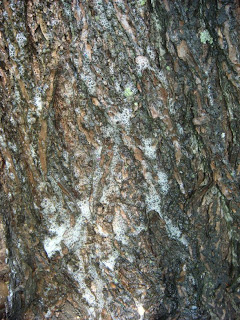Animals in Winter: Eastern Coyote
The Eastern coyote is an important and relatively new member
of Vermont’s ecosystem. They are highly adaptable mammals with a divisive
history in the state. Coyotes began to appear in Vermont in the 1940s.
Development in the western United States led to the loss of their habitat and
they began to move eastward through southern Quebec and Ontario. It is believed
that along the way they bred with the small eastern wolf.
 |
| Photo courtesy of Seven Days |
Coyotes have reddish fur on their heads, with a grey face
and dark muzzle. They have long, bushy tails and light fur under their chins.
Their large body helps them to survive winters with heavy snowfall. Perhaps the
coyote’s best known feature is their howl, which is often heard during winter
nights. Their vocalizations are a form of communication that can carry over long
distances. These sounds are used to let members of their family know their
location after separating for a hunt. Sometimes coyotes howl to indicate to
neighboring coyote groups that the territory is already in use.
Their diet consists
of rodents, plants, cottontail rabbits, birds, and deer during the winter.
According to Vermont Fish & Wildlife, in spite of being prey for coyotes,
deer populations are not considerably effected by them, except during
particularly harsh winters or in areas where the deer population is already
dwindling.
The Vermont coyote population ranges from 4,500 to 8,000.
Coyotes use more open habitats during the summer and fall and utilize forested
habitats during the winter and spring and, because of their high adaptability,
can also survive in suburban areas. However, the coyote’s habitat varies and is
contingent upon many factors including weather, other predators, and prey
populations.
For more information about the Eastern coyote, view the
Vermont Fish & Wildlife Coyote page:
https://vtfishandwildlife.com/learn-more/vermont-critters/mammals/coyote
To listen to to some coyote sounds, play video:
To listen to to some coyote sounds, play video:

.jpg)
.jpg)
Comments
Post a Comment
Feel free to let us know what you think.